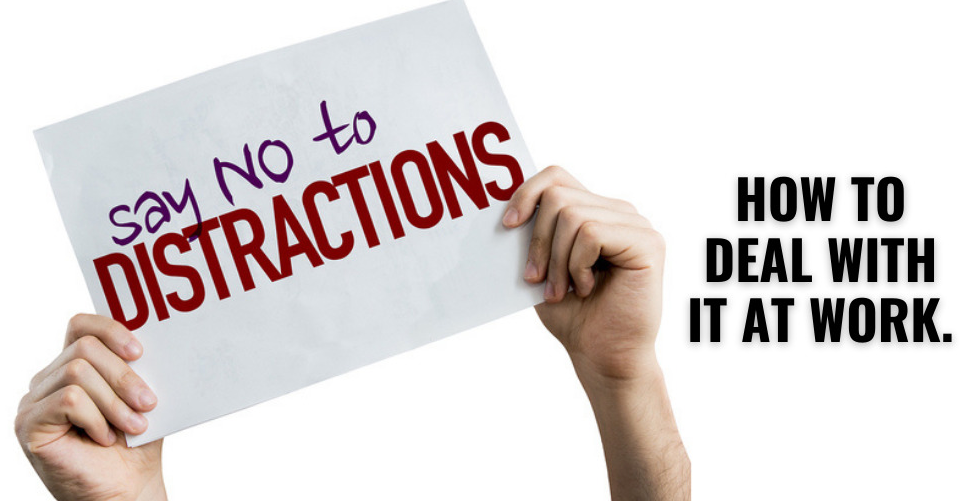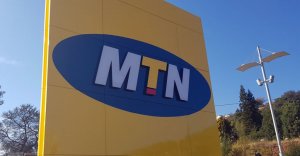I once visited a factory in Namanve where the manager’s office had no door.
Not because the company was broke, but because, according to him, “I want to be accessible at all times.” Noble idea. Deadly in execution. Every five minutes, someone walked in. A supplier with an invoice. A technician with a broken switch. A clerk asking for airtime.
At the end of my shadowing day, the manager had completed zero high-value work.
He had traded accessibility for irrelevance.
If you are always available, you are never effective.
The problem is not the distractions. It is your tolerance for them.
We glorify open-door policies. We reward “team players” who respond instantly. But here is the truth no one tells you: Deep work and deep impact cannot coexist with constant interruption.
The modern office is built like a casino: no clocks, no boundaries, just perpetual noise. It has open-plan layouts, endless meetings, Slack pings, WhatsApp in boxes, email ccs, and “Quick” check-ins that derail your flow for hours.
Most of you are not working. You are reacting.
And worse, you think that is productivity.
Let me tell you how we fixed this for a fast-growing fintech in Nairobi. Their CTO was burning out. Developers were missing sprints. Customer care was panicking about “slow support from tech.” Every day was urgent. Everything felt like a fire. Productivity dropped. Tension rose.
So I introduced a strategy most leaders are too scared to implement:
The Strategic Focus Protocol.
We redesigned their day into zones of availability and zones of impact.
a) Mornings (8 am–12 pm) were declared deep work zones. No meetings. No interruptions. Phones off. Emails silent. This was sacred. Violations required CEO approval.
b) Midday (12 pm–2 pm) was the team sync window. All daily standups, coordination, and admin noise lived here.
c) Afternoons (2 pm–5 pm) were client and escalation zones. Support could not disturb the CTO during these times unless systems were down.
By week three, sprints were on track. By month two, the CTO was home by 6 pm for the first time in years.
No one got fired. No enemies made.
Just boundaries respected.
The enemy is not people. The enemy is chaos.
You want to reduce 90% of distractions?
Then stop playing defense.
Create Focus Blocks and enforce them like your salary depends on it, because it does.
Say this to your team:
“I am not ignoring you. I am protecting the quality of our work.”
That is how you make fewer enemies, by achieving better results.
And here is the clincher.
If your team needs you for every decision, you do not have a distraction problem.
You have a leadership vacuum.
Fix the structure. Empower people. And give your time only to what truly moves the needle.

“You do not need more meetings. You need more movement.”

Mr Strategy’s recommendations
This week, introduce Strategic Focus Zones in your calendar:
a) Block off 3 hours daily for deep work.
b) Turn off email notifications.
c) Tell your team your new rhythm.
d) Stick to it. No apologies.
You will find your edge again. Not in working harder, but in protecting what matters.
If you are tired of reacting and ready to lead with intention, let us talk.
The worst enemy of productivity? Bad meetings and useless reports
I once sat through a board meeting where the first two hours were spent reviewing a 74-page report.
By page 6, half the room was fidgeting. By page 14, the chairman had dozed off. By page 22, I was already writing this article in my head.
At the end, nothing strategic was discussed. No decision made. Just colorful charts, recycled insights, and that familiar phrase: “Let us note it for the next meeting.”
If you want to kill a company slowly, I will tell you how:
Schedule weekly meetings and fill them with bad reports.
You will waste people’s energy. Dilute urgency. And normalize mediocrity in the name of process.
Meetings are supposed to drive decisions. Do not replace them.
The real enemy of productivity is not laziness; it is false busyness.
And the biggest culprits are:
a) Meetings with no purpose
b) Reports with no impact
Let me show you how this plays out.
Last year, a client in the insurance sector invited me to investigate why claims settlement was taking 41 days, twice their SLA.
They blamed system delays. Staff shortages. Policy complexity.
But after my audit, I told the CEO:
“Your biggest bottleneck is your Monday executive meeting.”
It started at 8 am and ran until 2 pm. Every single week. With 12 EXCO members. Each had to present a PowerPoint. No time limits. No outcomes.
It was a corporate ritual of intellectual suffering.
Meanwhile, claims managers sat waiting for feedback. Staff feared acting without EXCO’s input.’ Everything slowed down because everyone was stuck talking about work instead of doing it.
So here is what I did.
We restructured their meetings using the One-Page Decision Framework:
a) Every agenda item had to start with a decision question: “Do we approve X?”
b) The report backing that decision could not exceed one page.
c) Any issue not requiring action was shared as pre-read, not discussed.
We then introduced a ruthless rule:
“No action, no agenda slot.”
Within a month, EXCO meetings lasted 90 minutes. Claims turnaround dropped from 41 to 17 days.
No system overhaul. Just clarity, brevity, and courage.
Most meetings are where ambition goes to die.
You think it is collaboration. But often, it is camouflaged avoidance.
We hide behind long decks and buzzwords because we fear owning decisions.
You want productivity? Then cancel the next 3 meetings and do this instead:
a) Walk to the person. Solve it in 5 minutes.
b) Make the decision. Accept the risk.
c) Write one page. Not twenty.
If your meetings are not shortening decisions or accelerating learning, they are strategic liabilities.
And if your reports are not changing action or provoking insight, they are expensive distractions.
Mr Strategy’s recommendations
This week, do a meeting audit.
List all recurring meetings. For each, ask:
- What is the purpose?
- What decisions come out?
- What can be killed, merged, or shortened?
Then review every report you send or receive.
If it does not lead to action, stop writing it.
You do not need more meetings. You need more movement.
Let me help you build a decision-making engine that works.
I remain, Mr Strategy




